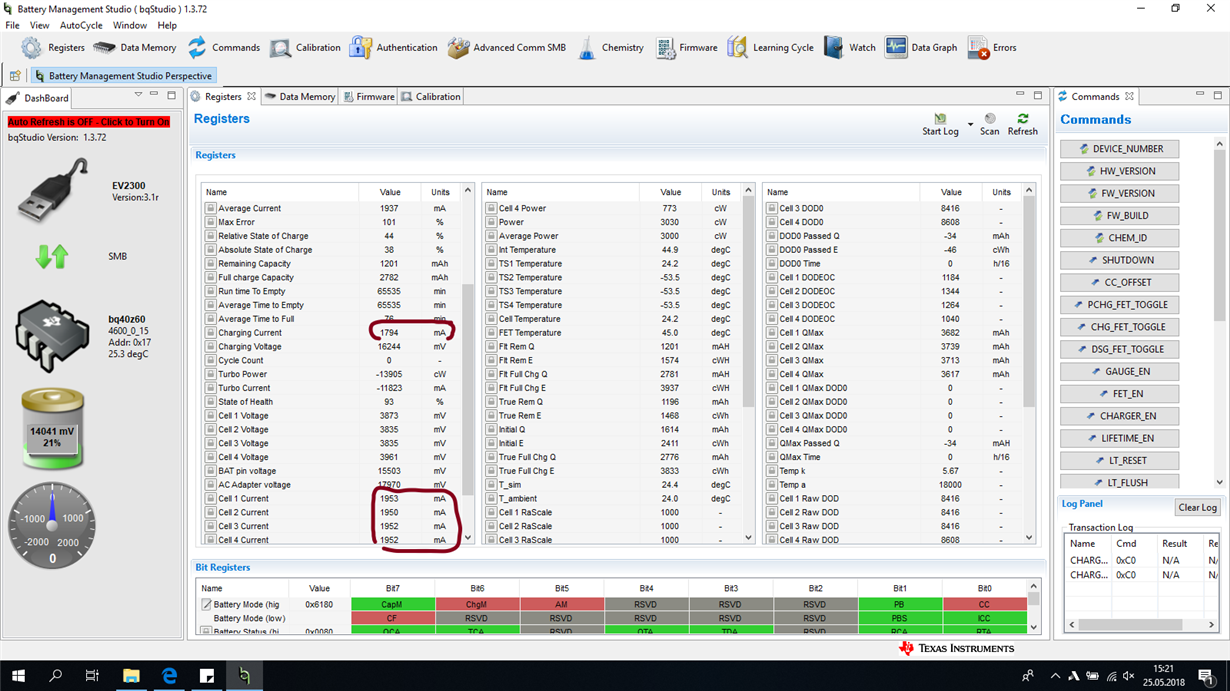Part Number:AM5728
Tool/software: Code Composer Studio
Hello,
this is the first time I work with a beagleBoard for a practical course and I really need your help:
I'm using a BeagleBoard x15 and CCS Version 7.4.0.00015 and Spectrum Digitial XDS200 to run a simple program that turns on an onboard LED. The Code works, if I'm executing it on a debian image on the board. I want to test if i can execute code via CCS and I'm using this LED code. When I debug the code I get following error message:
and the console output:
Cortex_M4_IPU1_C0: GEL Output: --->>> AM572x Cortex M4 Startup Sequence In Progress... <<<---
Cortex_M4_IPU1_C0: GEL Output: --->>> AM572x Cortex M4 Startup Sequence DONE! <<<---
Cortex_M4_IPU1_C1: GEL Output: --->>> AM572x Cortex M4 Startup Sequence In Progress... <<<---
Cortex_M4_IPU1_C1: GEL Output: --->>> AM572x Cortex M4 Startup Sequence DONE! <<<---
C66xx_DSP1: GEL Output: --->>> AM572x C66x DSP Startup Sequence In Progress... <<<---
C66xx_DSP1: GEL Output: --->>> AM572x C66x DSP Startup Sequence DONE! <<<---
C66xx_DSP2: GEL Output: --->>> AM572x C66x DSP Startup Sequence In Progress... <<<---
C66xx_DSP2: GEL Output: --->>> AM572x C66x DSP Startup Sequence DONE! <<<---
CortexA15_0: GEL Output: --->>> AM572x Cortex A15 Startup Sequence In Progress... <<<---
CortexA15_0: GEL Output: --->>> AM572x Cortex A15 Startup Sequence DONE! <<<---
CortexA15_1: GEL Output: --->>> AM572x Cortex A15 Startup Sequence In Progress... <<<---
CortexA15_1: GEL Output: --->>> AM572x Cortex A15 Startup Sequence DONE! <<<---
IcePick_D: GEL Output: Ipu RTOS is released from Wait-In-Reset.
IcePick_D: GEL Output: Ipu SIMCOP is released from Wait-In-Reset.
IcePick_D: GEL Output: IVAHD C66 is released from Wait-In-Reset.
IcePick_D: GEL Output: IVAHD ICONT1 is released from Wait-In-Reset.
IcePick_D: GEL Output: IVAHD ICONT2 is released from Wait-In-Reset.
ARM9_ICONT1: Error connecting to the target: (Error -2062 @ 0x34BC) Unable to halt device. Reset the device, and retry the operation. If error persists, confirm configuration, power-cycle the board, and/or try more reliable JTAG settings (e.g. lower TCLK). (Emulation package 7.0.100.0)
I need your help, since the resolving recommandations of https://e2e.ti.com/support/development_tools/code_composer_studio/f/81/t/337413?CortexR4-Error-connecting-to-the-target-Error-2062-0x0-Unable-to-halt-device-

